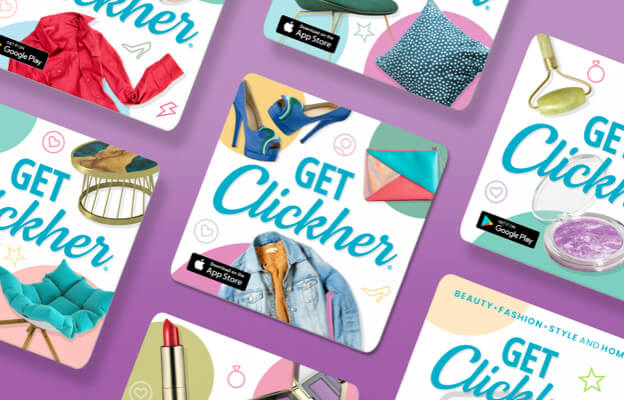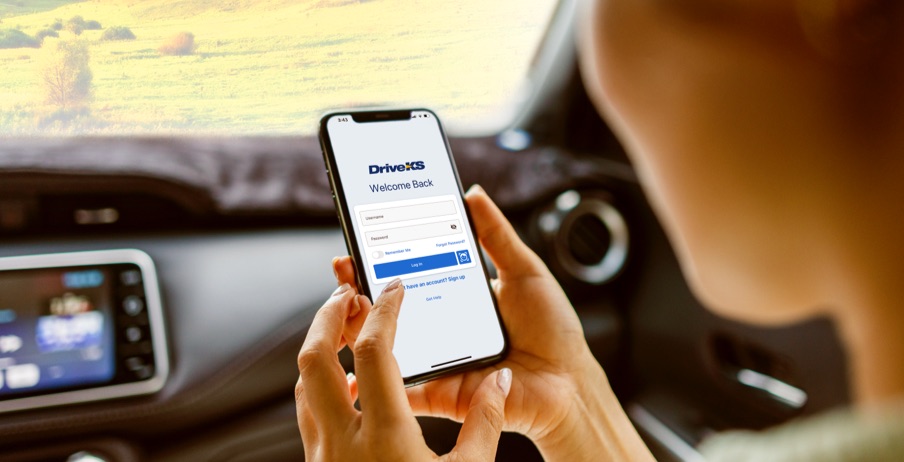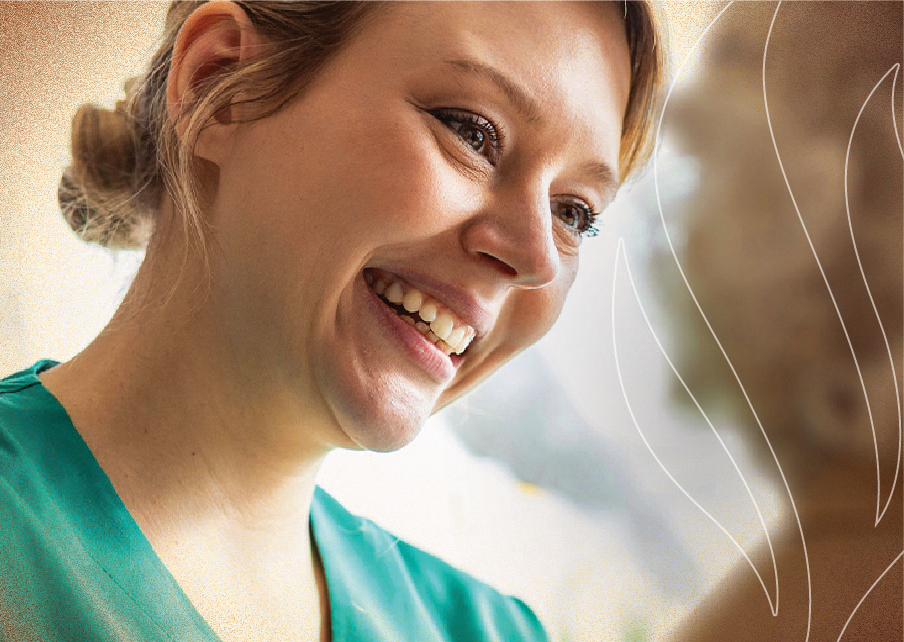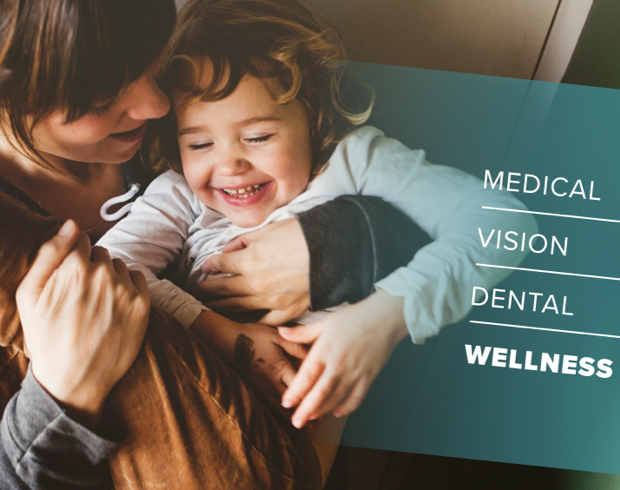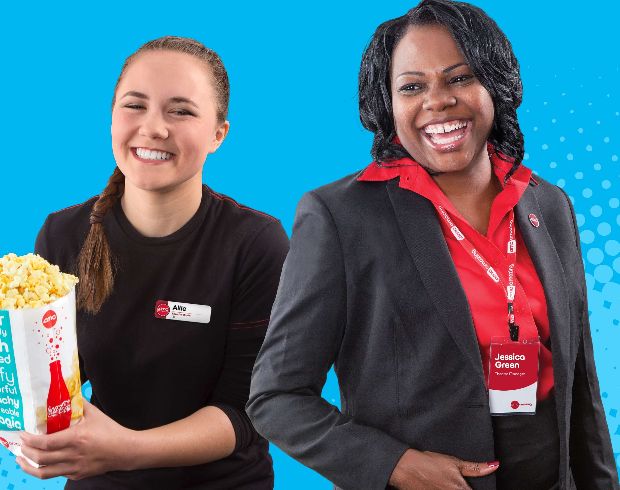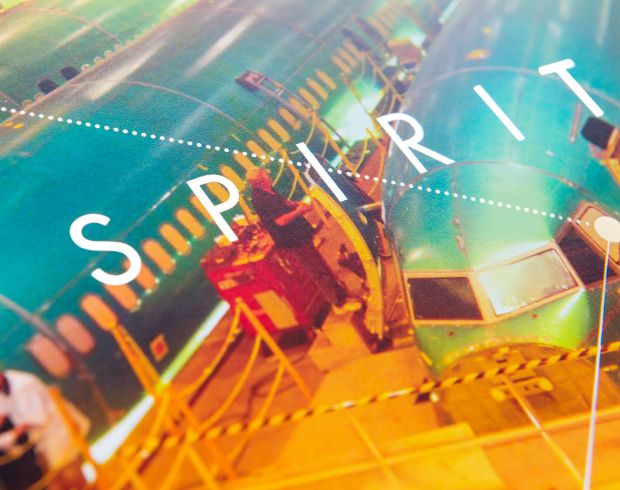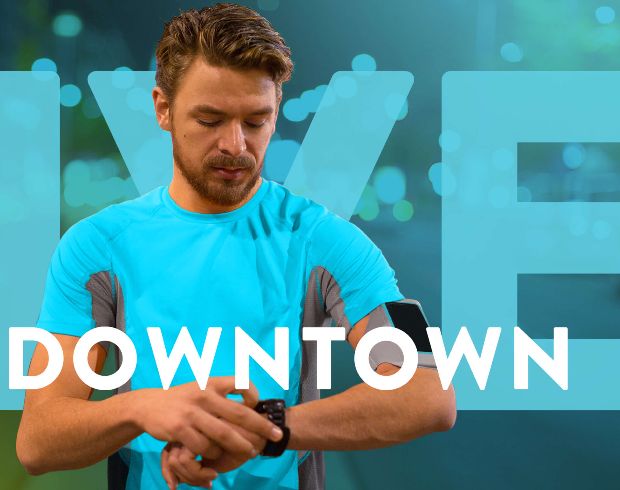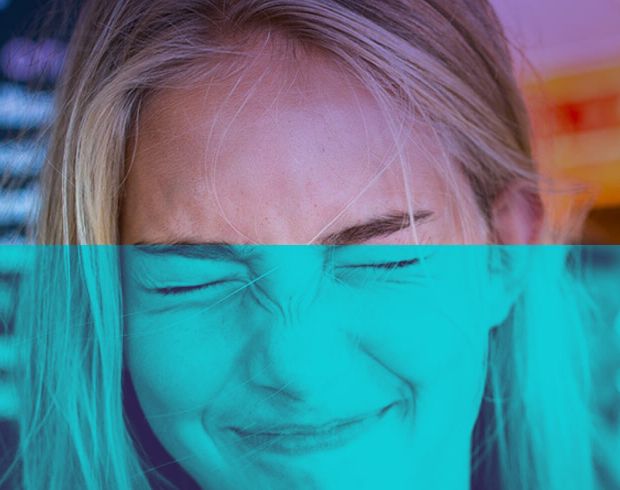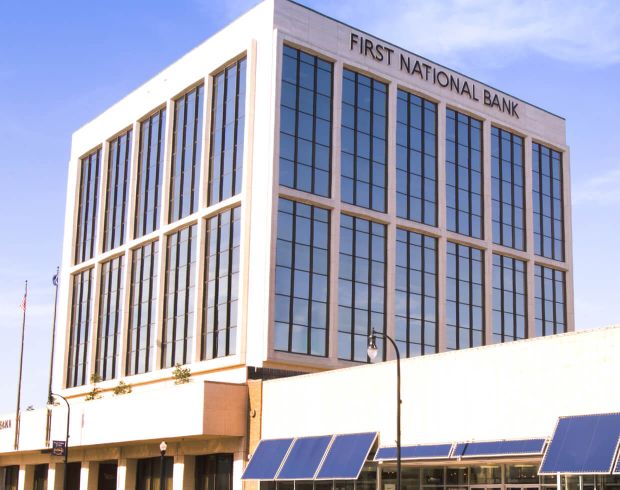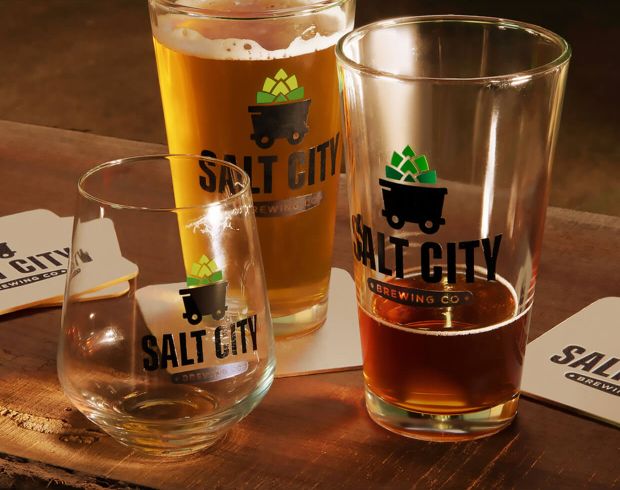Digital Media 101
What Exactly Is Paid, Earned, Shared, and Owned Media?
Leveraging today’s digital media landscape is essential for strengthening your brand and effectively reaching audiences. The first step to success is understanding the four basic types of digital media: Paid, Earned, Shared, and Owned (PESO). The PESO Model, introduced in 2014 by public relations professional Gini Dietrich, offers an easy way to categorize media and demonstrates how channels intersect to contribute to a brand’s authority. Learning how to capitalize on each media type will help you create a more effective digital marketing strategy, extend the reach of your brand’s messaging, and produce results.
In this article, we will review the definition of each digital media type and the benefits they offer to your brand as well as any potential drawbacks. Let’s dive in!
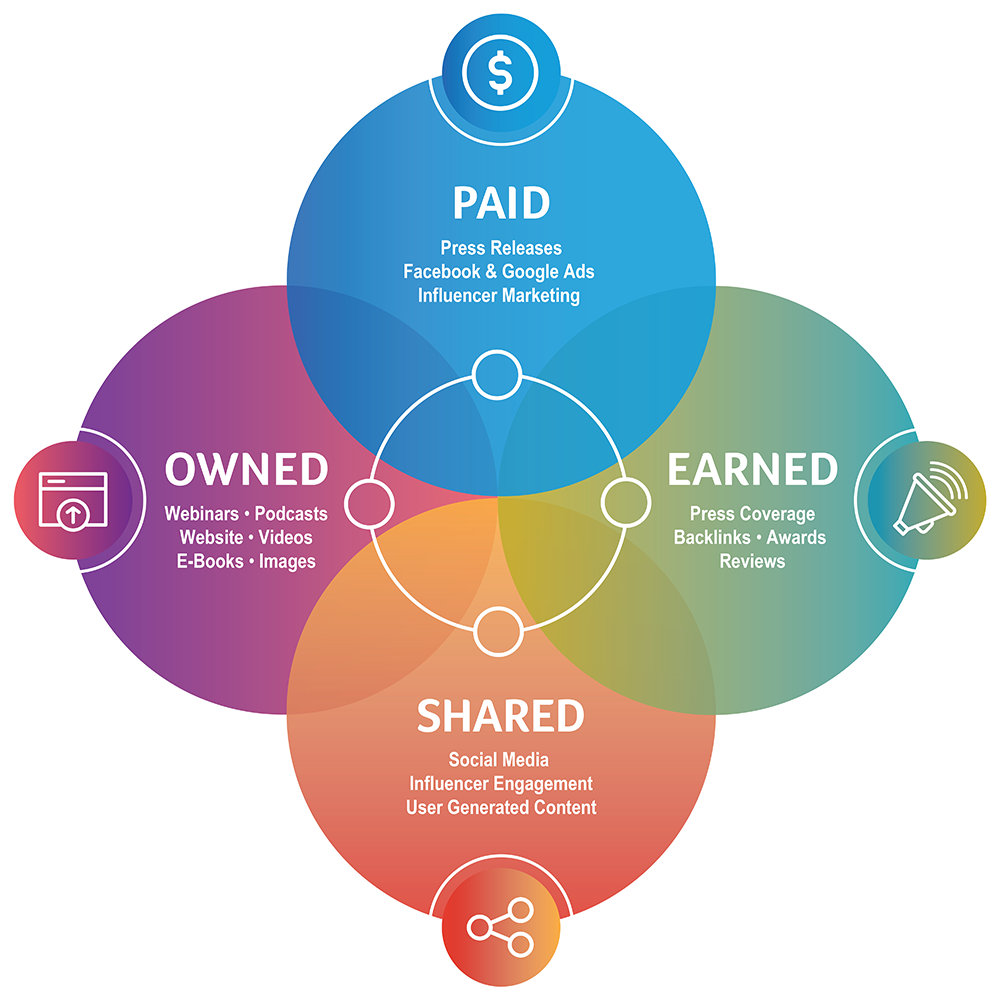
Paid Media: Content that you have to pay to place and promote.
When using paid media, you will have an influence on the content, but your control will be limited by the rules and algorithms of the platform. The benefit of paid media is that you can reach a very targeted audience that is otherwise difficult to reach through other methods. Not to mention, paid media is scalable and fast. The downside is that costs are consistently rising, paid media lacks longevity, and an adequate paid media strategy requires ongoing investment.
Examples of Paid Media:
- Search Ads
- Display Ads
- Facebook & Instagram Ads
- Paid Affiliate Programs
Earned Media: Content produced by someone else about your company that you did not pay for.
Earned media is important because people often trust what others say about your brand more than what you say about yourself. It’s essentially online word of mouth. The benefit of earned media is that you are being recommended by a third-party and establishing a fan base. Earned media also provides cost-effective reach, helps drive brand awareness, and increases content visibility. Earned media’s downside? You don’t have much control over the content published. You also can’t guarantee that the right consumer is seeing your message or that it’s in a positive or negative light.
Examples of Earned Media:
- Backlinks
- Press Coverage
- Awards
- Reviews
Shared Media: Content that is shared across social media or between multiple users.
Shared media is partially owned and partially earned. Technically, no one owns their social media platform and it can easily go away tomorrow. Shared media is a perfect term to describe the documented engagement between a brand and its user. However, you don’t have total control over the reach of the shared content. For example, you can’t stop a negative or positive reaction to your brand from going viral.
Examples of Shared Media:
- Social Media Content
- User Generated Content
Owned Media: Any type of web property that you control and is unique to your brand.
Owned media includes assets that you, or someone you hired, created. Owned media aggregates an audience that seeks you out for content, including past or current customers. The benefits of owned media are that you can control the messaging, decide when to publish content, and determine how it looks. And, a well thought out owned media strategy will aid your SEO ranking. The drawback? It takes time to build an audience and requires the assistance of paid, earned, and shared media to really make an impact.
Examples of Owned Media:
- Podcasts
- Websites
- Images & Infographics
- Videos
- E-Books
Focusing your organization’s content around these four areas can help you optimize your marketing communications, distribute content effectively, prioritize audiences, discover how prospects convert, and help you find potential marketing gaps that need to be filled. The Next Step: Creating the Right Media Mix.
The four types of media are frequently used together in digital marketing plans. Even though they each have their own benefits and challenges, as a whole, they can create a powerful and effective marketing mix. Determining how much to invest each digital media category depends on your marketing and business goals, your audience, and other factors. Here are a few questions to ask:
- What are you trying to achieve with the content?
- Who are you wanting to talk to?
- Which platforms are your target audience using?
- Do you want influencers to find your content?
- Do you want the press to pick up your content?
- Do you have an ad budget?
- If a platform went away, would you have a backup plan?
- What are your competitors doing?
Need help determining the proper media mix for your business’s digital marketing strategy? Howerton+White is here to help apply these basic media principles to your company or answer questions. By combining marketing strategy, media content and placement, and high-level design, we’re able to strengthen your brand for greater success. Reach us at begin@howertonwhite.com or call 316.262.6644.

